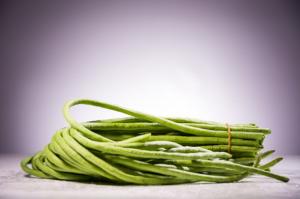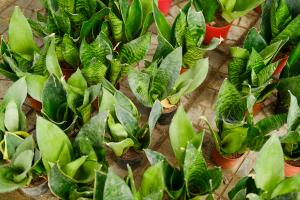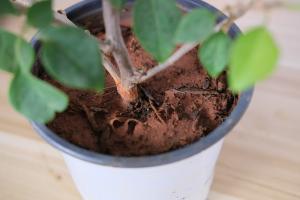Is Artificial Light Good for Indoor Plants?
Indoor gardening has become increasingly popular, especially among city dwellers who have little to no outdoor space. While natural sunlight is always preferred, artificial light can be a suitable alternative for growing indoor plants. In this article, we’ll look at the pros and cons of using artificial light for indoor plants.
The Benefits of Using Artificial Light for Indoor Plants
One of the major benefits of using artificial light is that you can control the amount of light your plants receive. Unlike natural light, which may vary based on the time of day and weather conditions, artificial light allows you to set a specific amount of light for a specific amount of time. This can be particularly beneficial for plants that require constant or specific amounts of light, such as succulents or seedlings.
Artificial light can also be used to extend the growing season for plants. By using grow lights, you can simulate longer days and shorter nights, which can encourage plants to continue growing past their usual growing season. This means you can enjoy fresh herbs, fruits, and vegetables all year round, regardless of the outdoor weather conditions.
The Drawbacks of Using Artificial Light for Indoor Plants
While there are several benefits to using artificial light, there are also some drawbacks to consider. Firstly, the cost of running artificial lights can be quite high, particularly if you have many plants. Additionally, many grow lights emit heat, which can lead to increased energy usage for cooling and can also be harmful to some plants.
Another potential issue with artificial light is that it may not provide all the necessary wavelengths that plants need for optimal growth. Natural sunlight contains a full spectrum of wavelengths, while most artificial lights only emit a specific range of wavelengths. This can lead to issues such as leggy plants or plants that don’t produce as much fruit or flowers as they would under natural light.
Choosing the Right Artificial Light for Indoor Plants
If you decide to use artificial light for your indoor plants, it’s important to choose the right type of light. There are three main types of artificial light: fluorescent, LED, and HID (high-intensity discharge) lights.
Fluorescent lights are the most affordable option and can provide a range of wavelengths. They are best for low to medium light plants, such as herbs and leafy greens. LED lights are more expensive but are more energy-efficient and produce less heat. They are ideal for plants that require high amounts of light, such as fruiting or flowering plants. HID lights are the most expensive but are also the most powerful. They are best for large-scale indoor growing operations.
Conclusion
Artificial light can be a good option for indoor plants, especially if you have limited access to natural light. However, it’s important to consider the potential drawbacks and to choose the right type of light for your plants’ needs. By doing so, you can help ensure that your indoor plants thrive and produce beautiful blooms or delicious fruits and vegetables all year round.

 how many times do yo...
how many times do yo... how many planted tre...
how many planted tre... how many pine trees ...
how many pine trees ... how many pecan trees...
how many pecan trees... how many plants comp...
how many plants comp... how many plants can ...
how many plants can ... how many plants and ...
how many plants and ... how many pepper plan...
how many pepper plan...
































